Thunderbolt on Windows Part 2: Intel's DZ77RE-K75 & ASUS' P8Z77-V Premium
by Anand Lal Shimpi on June 3, 2012 2:08 AM EST- Posted in
- Motherboards
- CPUs
- Intel
- Asus
- Thunderbolt
- Ivy Bridge
- Chipsets
Performance
In our earlier look at Thunderbolt under Windows I didn't have a working Pegasus driver to really push the limits of the interface's bandwidth. With that now changed, I went to work. I started by pulling out all of the hard drives from the Pegasus R6 and installed four SSDs. I didn't have four identical drives so I threw in a mix of SF-2281 based drives and Vertex 4s. The lowest common capacity was 240GB so the resulting logical RAID-0 drive I built was just under 1TB in size. I then ran a 128KB sequential read test using Iometer to see what sort of performance I could get from the setup:
With this configuration, I achieved a very respectable 922MB/s. Note that the fastest speed I ever attained under OS X was 1000MB/s so we're not all that far off the peak. To try and move the needle a little further I hooked up the SSD based LaCie Little Big Disk and performed a 128KB sequential read across both the LBD and the SSD equipped Pegasus:
Performance moved up a bit to 933MB/s but it's clear that we should've seen a bigger increase in performance from adding another two SSDs to the chain. The fact that performance didn't go up tells me that we're reaching the limits of the interface.
As a last ditch effort I added two more SSDs to the Pegasus R6 chassis, a pair of 128GB Samsung SSD 830s in RAID-0. I repeated the 128KB sequential read test, but now across all four drive targets (2 in the LBD, and 2 RAID arrays in the Pegasus R6):
Unfortunately, performance didn't change. It's safe to say that on a single Thunderbolt port you can get just under 7.5Gbps of bandwidth, in one direction, to a chain of devices. Each Thunderbolt port should have two channels however; the second should allow DisplayPort traffic to be carried without impacting performance. To test this theory I repeated the test but with Apple's Thunderbolt Display in the chain. To drive the 27-inch 2560 x 1440 panel at 60Hz you need around 7Gbps of bandwidth (more if you take into account overhead). With the display connected I repeated the transfer test:
Performance actually went up by a few MB/s, but basically remained unchanged from the earlier 7.5Gbps peak. While I never was able to hit the 8Gbps I got under OS X, that was with the very first iteration of Thunderbolt support under OS X as well as from Promise. It's entirely possible that further tuning/firmware updates have limited performance a bit since then. Either way, it's safe to say that Thunderbolt under Windows is capable of the same class of performance we've seen under OS X.
Pushing video out to the display while pulling in data from external storage devices is actually the best case scenario for Thunderbolt, but what happens if we're sending traffic out on both channels? I conducted the same test with the Thunderbolt Display attached but this time I ran a 128KB sequential write to the attached SSDs:
There's a bit of a performance drop (~6.9Gbps vs. 7.5Gbps) but it's unclear whether this is due to lower SSD write speeds or upstream bandwidth limitations for a single Thunderbolt port.
Final Words
Armed with the right drivers, Promise's Pegasus helped prove that Thunderbolt can be nearly as fast under Windows as it is under OS X. Similar to what we saw under OS X, around 7.5Gbps isn't tough to achieve over a single Thunderbolt port. There's also no significant performance impact seen when driving DisplayPort over the same interface.
The first Thunderbolt equipped motherboards are expensive, but that's mostly a function of Thunderbolt being paired with the absolute highest end models. Over time, I'd expect more ubiquitous deployment of the interface—although it's not clear how long that would take.
Intel's certification program for Thunderbolt on Windows definitely improves the behavior of devices and generally makes the interface OS agnostic. Unfortunately, the reliance on the certification program for proper functionality under Windows means the interface will get off to a rough start on its new platform. As of today, there are no publicly available certified Windows drivers for Thunderbolt devices. This will change, hopefully over the course of the next quarter, but we still need to play a bit of the waiting game.
We also need more Thunderbolt devices. Apple's Thunderbolt Display is a great example of what you can do with Thunderbolt, but without official Windows support we're left waiting again.
Despite the teething problems, I am glad to see Thunderbolt finally arrive on Windows PCs. While there's an obvious fit for mobile, I do believe that even desktop users can benefit from Thunderbolt. At the bare minimum, it can simplify external cable management with only a single cable carrying Ethernet, audio, USB, DisplayPort, etc... from your PC to your Thunderbolt hub and/or display. The fact that it can also move high performance storage out of your chassis might also enable smaller/more interesting desktop form factors. There's an obvious fit with all-in-one designs but even things like mini-ITX become a lot more flexible with Thunderbolt.


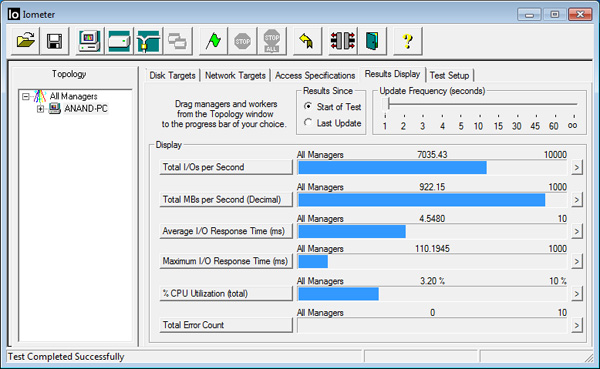
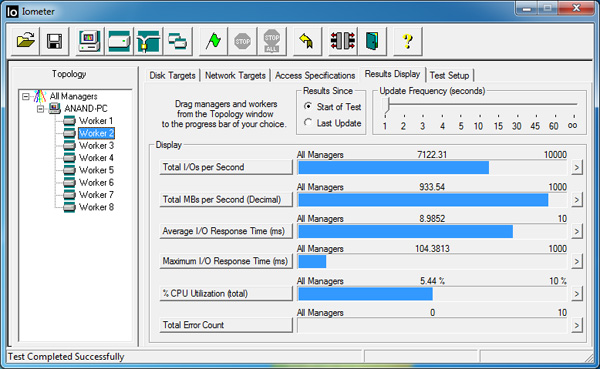
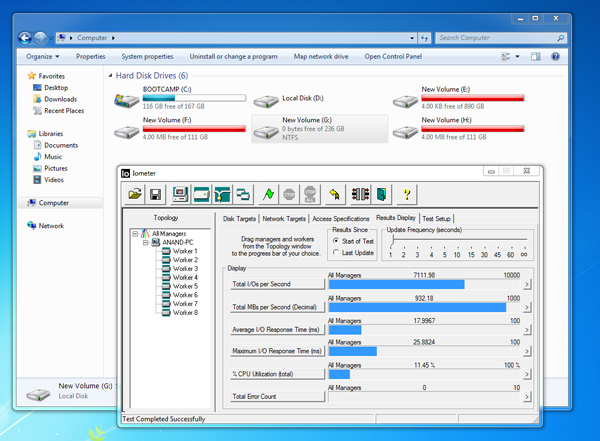
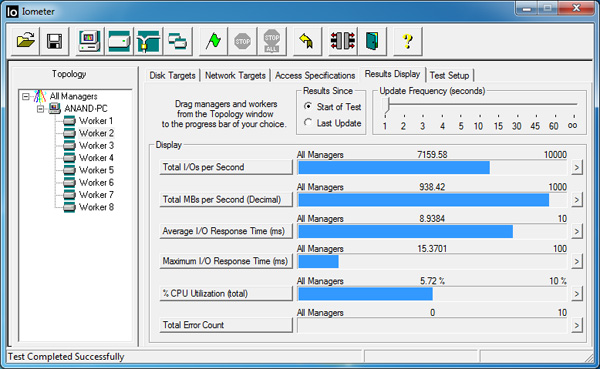
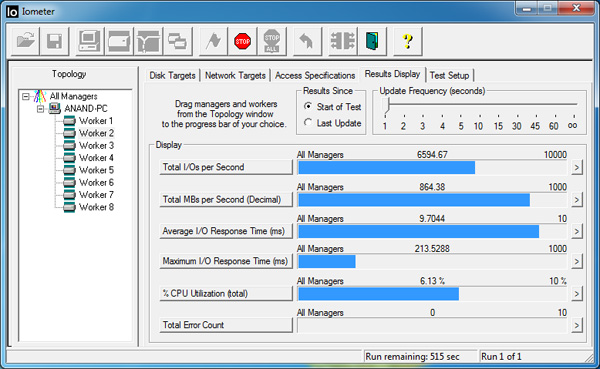
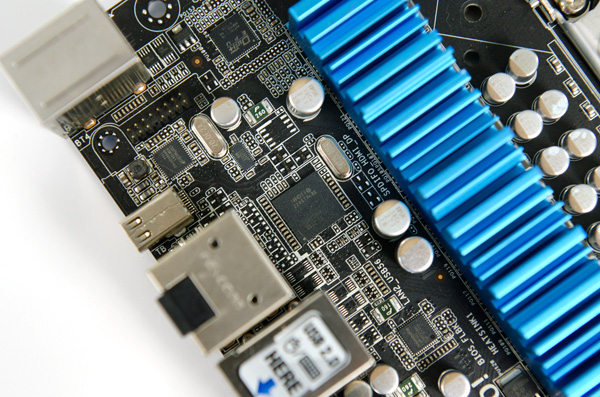
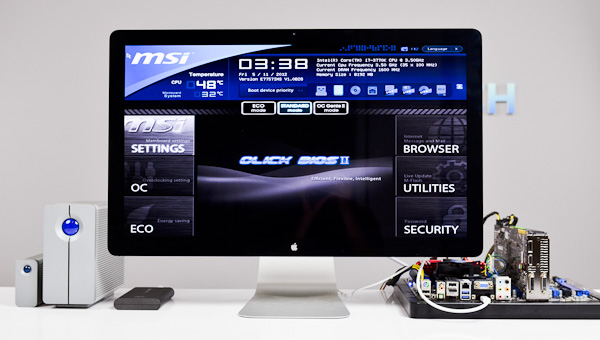
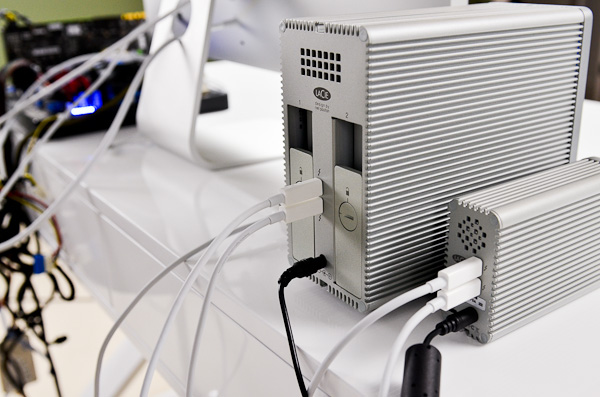








116 Comments
View All Comments
BigBoss88 - Wednesday, June 6, 2012 - link
I am using a thunderbolt display with my P8Z77 Premium motherboard. Everything works fine without issue, sound, USB hub, firewire. I even have Lucid MVP Virtu running my HD7970 in "headless mode". It runs my games flawlessly. My machine is a beast with a high quality expensive display. Let all the hate posts flood in! C'mon NAAAHHHHHHH! * in my Trey Parker Tinasaurus voice*CeriseCogburn - Friday, July 6, 2012 - link
So yourmum would be proud ? Maybe yourmum is glad the big fat bug got worked out after the who knows how long frustrations...yourmum aka bb88 : " I feel people should know this already BUT just incase, if you do plan on using an Apple thunderbolt or ANY thunderbolt enabled display- Make sure you leave the discrete graphics card OUT of your system until you set the BIOS/UEFI for the computer to have integrated graphics ENABLED before you install your beefy GPU for Virtu support. Do not set it to AUTO either. And on that note I will end my review. "
Gee, sorry to hear the setup was such a hassle. Was that hateful enough ? Do you feel better now that you got some attention ?
twotwotwo - Wednesday, June 20, 2012 - link
You have to wonder if Apple shot themselves in the foot with the exclusive deal. Making it widely available would have meant more compatible devices "for free," and only(?) cost Apple bragging rights for a year. If, instead, it had been available in different speeds and only Apple had the right to deploy the fastest one, or something like that, it could have wound up an advantage for them.But temporary exclusivity on a standard, when you've still got just a fraction of the desktop/laptop market (quite unlike the mobile world), seems like a prize you don't want.
Asterix007 - Tuesday, June 26, 2012 - link
Do you guess a MB with Thunderbolt should work on a Imac27 (avril2011) with Thunderbolt port and TB cable also ?With the CMD+F2, we could commute iMac as a display...
I tried with the Z77A-GD80 but no success for the moment...
Thx for help !
CeriseCogburn - Friday, July 6, 2012 - link
I wonder how long it took for the "engineers" to figure that out... or..." We've been doing it this way for 5 decades, now you want to change things?!"
http://www.anandtech.com/Gallery/Album/2007#4
Slalom and curve instead of highest g near right angle turns - with 3%+ to 7%+ improvements.
We are progressing... slowly, very slowly, as so many facts are ignored too often.
nanofunk - Tuesday, July 10, 2012 - link
i am wondering if linux support for thunderbolt will ever be ready. there are currently a lot of troubles with the implementation, when you check the linux kernel mailinglist. if there is not at least (hotplugged) networking up and running, i don't see why we should invest in thunderbolt at all.